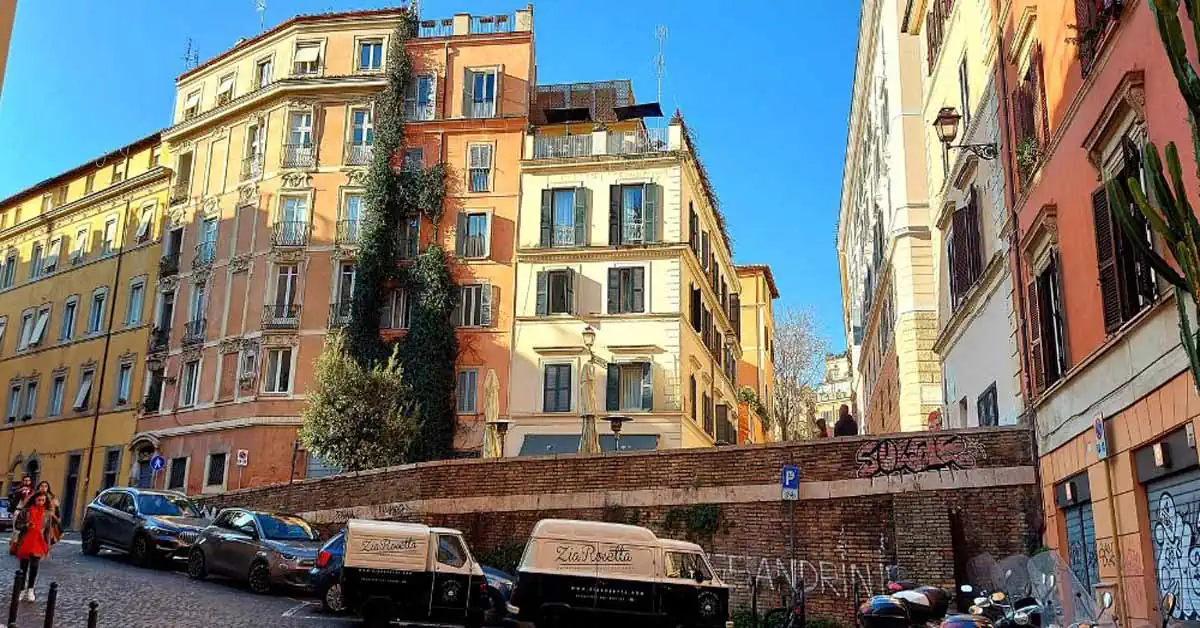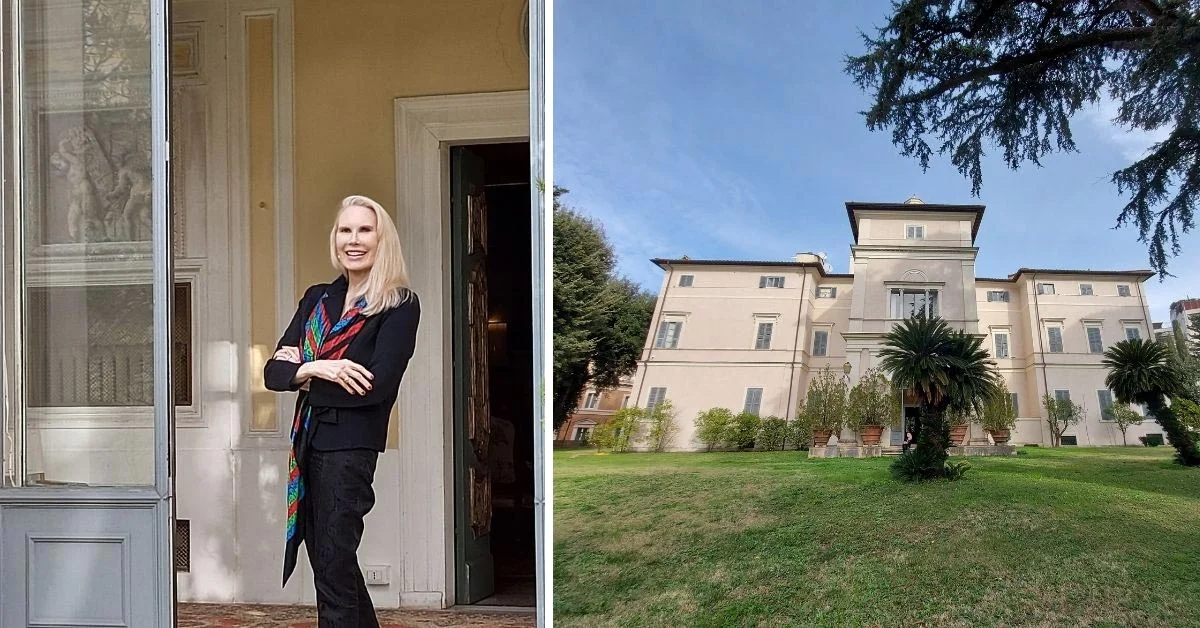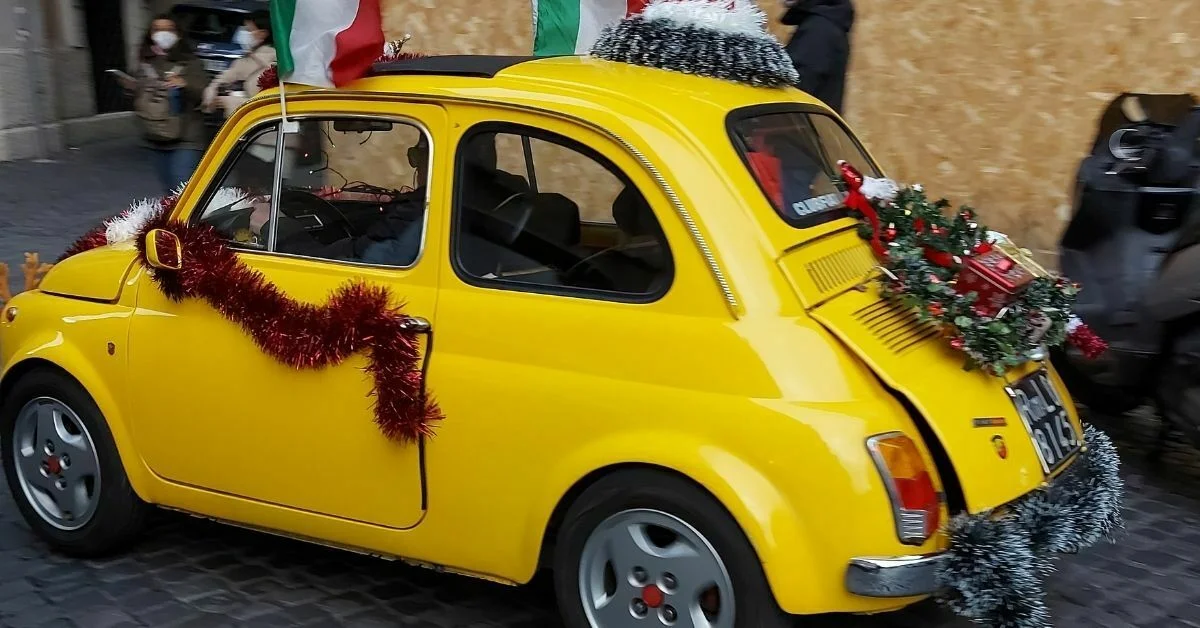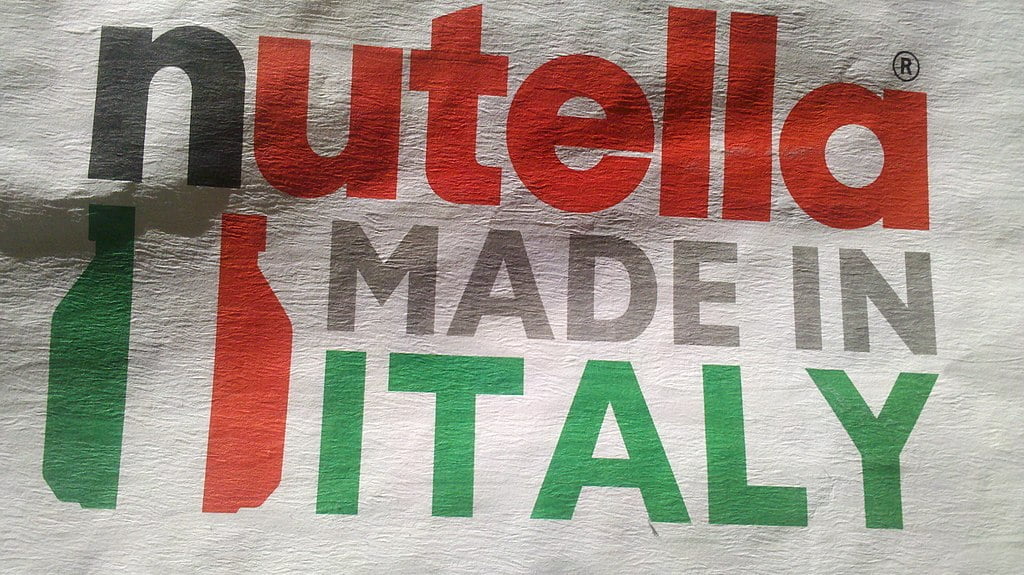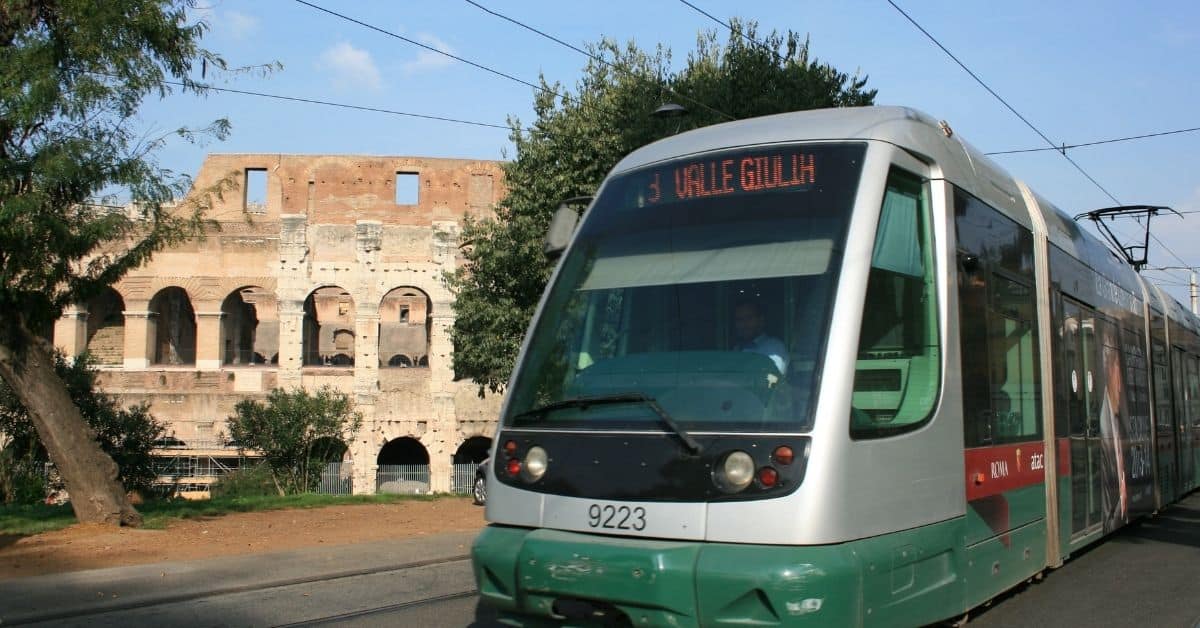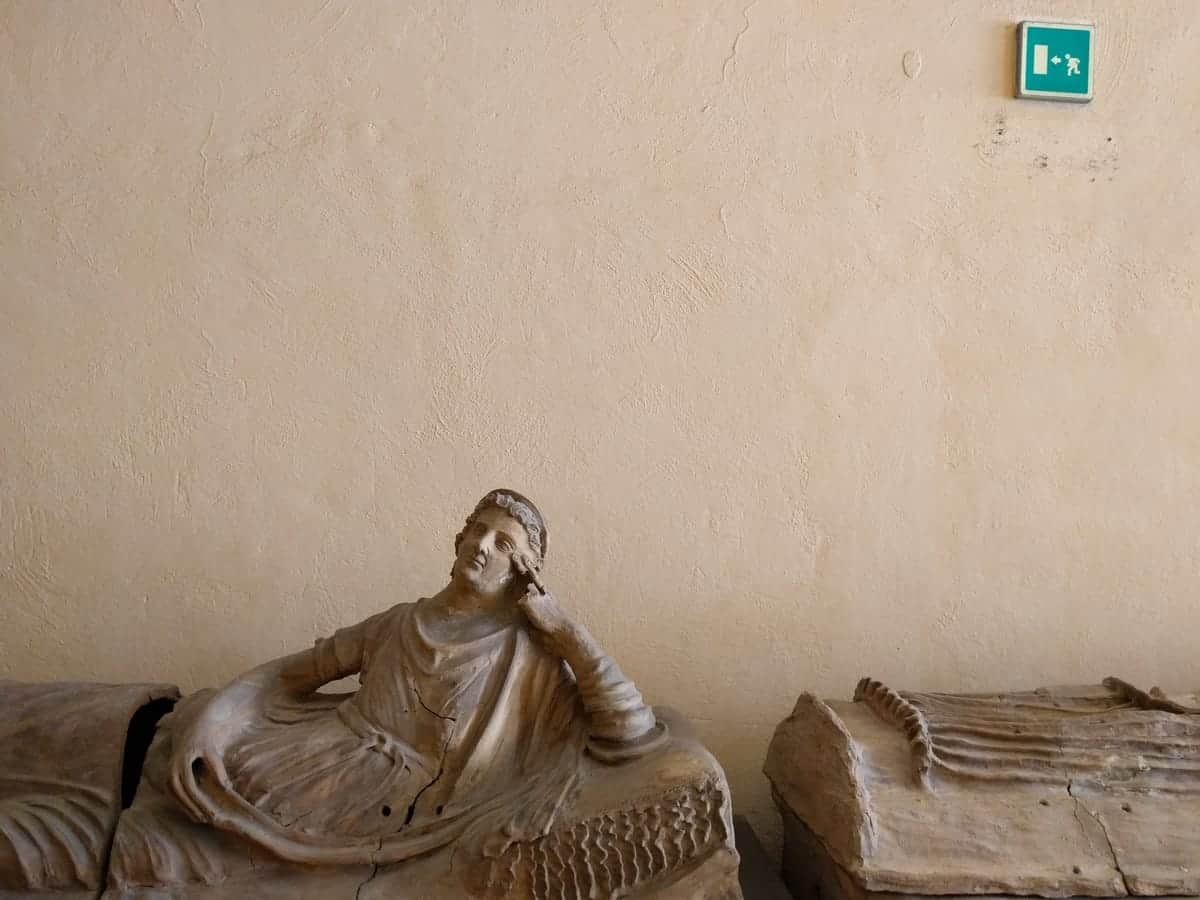We ‘ve made up the top 10 of locations you should not miss in Lazio, Italy. The sites are perfect to visit if you have an extra day in Rome.
Lazio or the Greater Rome area
Everyone knows Tuscany and Umbria in central Italy, and of course Rome. The area around Rome is, however, a white spot. That is completely unjustified. I know of no other region with such a varied landscape, such a rich history, so many monuments and a land that has brought forth so many ‘VIP’s’, from Augustus to Marcello Mastroianni.
This is one of four articles on Lazio Italy and is about the absolute top 10 sites you should not miss (outside of Rome). All information comes from the book I wrote about Lazio.
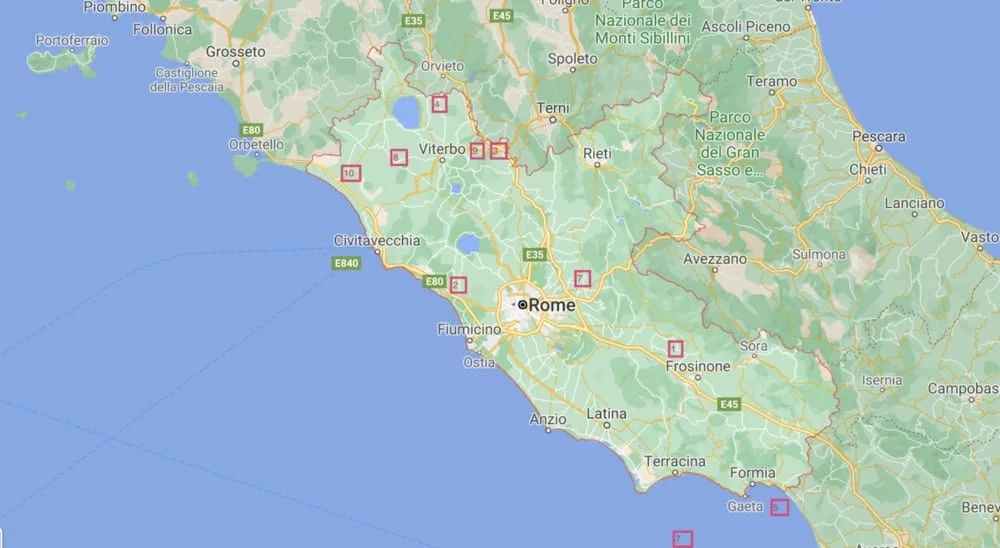
This content is not shown.
Click on this block to display all our content, by accepting our cookies or review our cooky-policy below.
Best places in Lazio Italy top 10
These are the top ten, alphabetically listed:
- Anagni
- Cerveteri
- Bagnaia (Villa Lante)
- Civita di Bagnoregio
- Gaeta
- Ponza
- Tivoli
- Tuscania
- Viterbo
- Vulci
1. Anagni
Anagni (pronounced Anaɲːi) is famous for the ‘Slap of Anagni’.
In 1303 the French king’s army aided by the local war lord Sciarra Colonna laid siege to Anagni, where Pope Boniface VIII was staying. The palace was plundered and Boniface was nearly killed. According to a possibly true fact, during the imprisonment, the Pope was slapped by Sciarra Colonna with his gauntlet. The Pope was humiliated (and died a month later of a weak heart).
An absolute must in Anagni is the hall in the papal palace where the slap sounded. There is also a statue of the pope with a strange, almost seventy centimeters long tiara, the papal headgear. That corresponds to an ell, the measure of length in which the Ark of Moses was calculated. Moses brought salvation, the pope acts as a savior. That’s the idea.
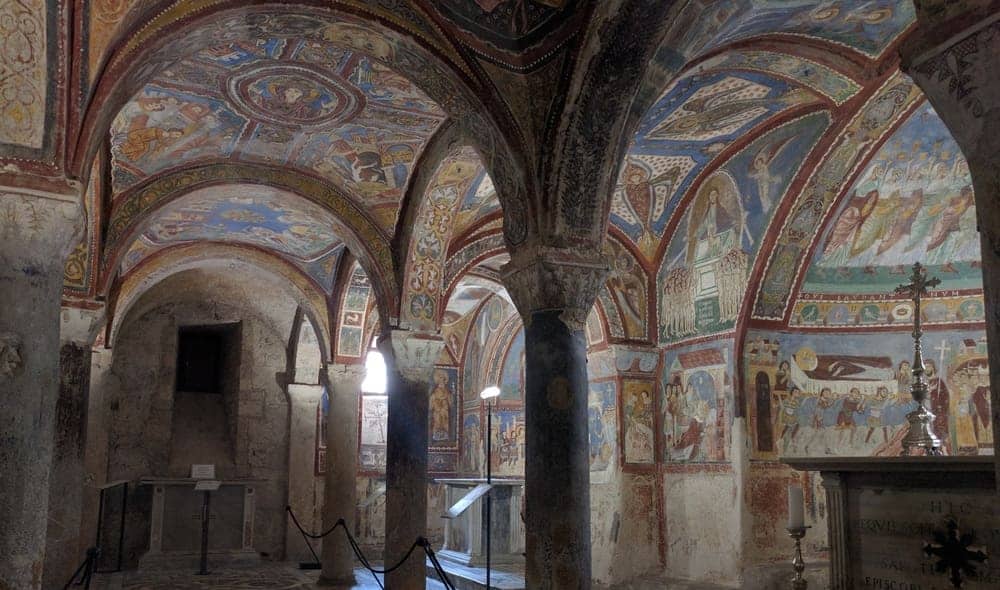
The seated Boniface can also be seen in a spacious niche set high on the side of the Cathedral. Inside, you can’t get past the crypt. The colorful frescoes from the thirteenth century tell complicated biblical stories.
This content is not shown.
Click on this block to display all our content, by accepting our cookies or review our cooky-policy below.
For example, there are scenes from the Apocalypse depicting the 24 elders. In a vault stands the majestic Christ whose sword of justice comes out of his mouth, no less. Furthermore, stories about the Ark of the Covenant, as well as the depiction of the separation of the micro- and macrocosm.
In Lazio, you will not come across more interesting, more complete and more square meters of Romanesque paintings.
2. Cerveteri
Cerveteri was once called Caidri in Etruscan. It was possibly the largest city of the Etruscans (a civilization that had its zenith in the sixth century BC).
The archaeological park, the former necropolis, should not be missed. Wherever you look, there are tombs: quadrangular, circular, small, large, and some tombstones. All tombs, including the large round ones, are carved from volcanic tuff. The ‘houses of death’ tell a lot about life, above all. The tombs are a mirror of the dwellings of the Etruscans.
This content is not shown.
Click on this block to display all our content, by accepting our cookies or review our cooky-policy below.
You have the living room model with a roof as if it were made of thatch. That reflects the time when the Etruscans lived in huts. Later tombs show the ‘skyscraper model’, two stories of stone. The wealthy have larger tombs, especially domed ones. But because the Etruscans did not yet know the technique of dome construction, they are ‘false’ domes of earth.
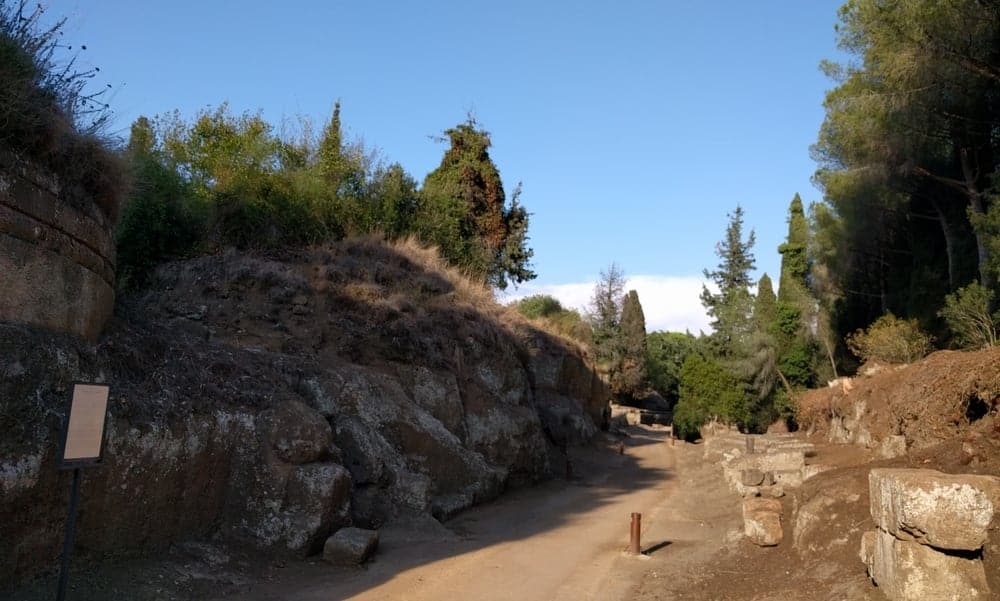
The tombs are empty. Once corpses were inside (the Etruscans preferred burial to cremation). Once the tombs were full of precious objects. Much has been looted and hangs or stands, mostly ‘anonymously’ in museums around the world or in people’s homes.
3. Bagnaia (Villa Lante)
Villa Lante in Bagnaia is on the Uneco World Heritage list as a protected heritage site. As usual in Italy, ‘villa’ refers not only to the house, but the whole of the buildings and gardens, inside and out. Pleasure ground is a better description.
This content is not shown.
Click on this block to display all our content, by accepting our cookies or review our cooky-policy below.
Villa Lante consists of two elegant, rather small buildings with a loggia of three arches. The estate belonged to the hunting domain of Cardinal Francesco Gambara. Hence, the coat of arms of the lobster can be seen everywhere, as ‘gambara’ (actually gambero) means ‘lobster’.

The gardens are fantastic. Because they are on a higher point of Bagnaia, they look like they are hanging. The gardens are laid out in orderly squares with yew bushes. In the center reigns the fountain of the four Moors, once called ‘of the square’. This is where Swiss guards line up in Gianni Moretti’s entertaining film ‘Habemus Papam’ (2010).
4. Civita di Bagnoregio
Civita emerge at the end of the long street at the end of the village of Bagnoregio. Emerged, that’s the right word. Civita sits on a cliff that, like the entire area, was created hundreds of thousands of years ago by volcanic eruptions. The lava has left a thick layer of sixty meters on a rather unstable subsoil of earth and sand.
This layer is strongly eroded by wind and (rain) water with the result that rugged white-yellow rock formations have emerged. Civita is like an island. It is not surrounded by the sea, but by ravines.
Between Bagnoregio and Civita there is a metal bridge to span the difference in height. When the wind blows, you will almost blow away from the bridge. You can imagine what the wind does to Civita’s soft soil.
This content is not shown.
Click on this block to display all our content, by accepting our cookies or review our cooky-policy below.
Civita is called ‘the city that dies’. The village is crumbling. This is not something of recent years.
“No one is allowed to dig a cave in the soil of Civita. The offender shall pay one hundred soldi each time.”
A municipal ban from 1373
In 1440 a monastery slid into the ravine, in 1469 a group of houses collapsed, and so on. In 1819, the municipality was finally transferred to Bagnoregio. Today, Civita is still home to not more than 15 people.
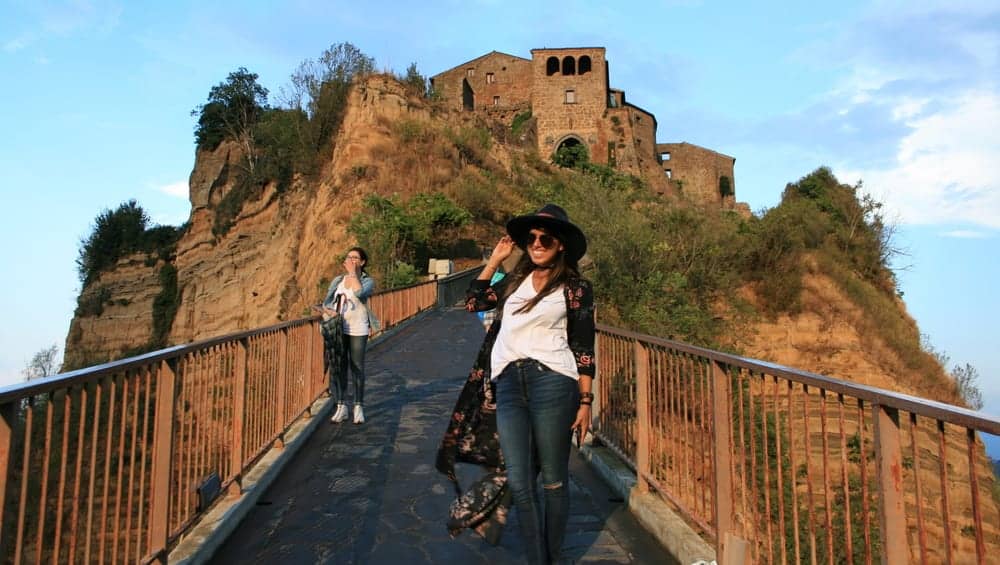
The village may be dying, but there is no swan song yet. The village has also been discovered by Americans, Japanese and Unesco (it is on the World Heritage list). Ten years ago only one bar and a trattoria were in business, now the village boasts a load of restaurants, dozens of (expensive) private accommodations and a couple of stores.
In the central square is a perfume store that sells three types of homemade perfumes. One perfume also contains donkey milk. If you buy that, you’ll bring a touch of Civita di Bagnoregio (and donkey scent) at home.
This content is not shown.
Click on this block to display all our content, by accepting our cookies or review our cooky-policy below.
5. Gaeta
The (old) city stretches over a rock that protrudes boldly into the Tyrrhenian Sea. The Cathedral with five naves, in which you can almost get lost, is tremendously interesting. The bell tower in Arab-Norman style is one of the most beautiful in Italy. It stands on lions. It incorporates numerous spoglias, including columns, parts of Roman sarcophagi and panels from the former ambo (pulpit). High up in the village is a large castle, partly occupied by a cadet school, which can be reached by stairs.
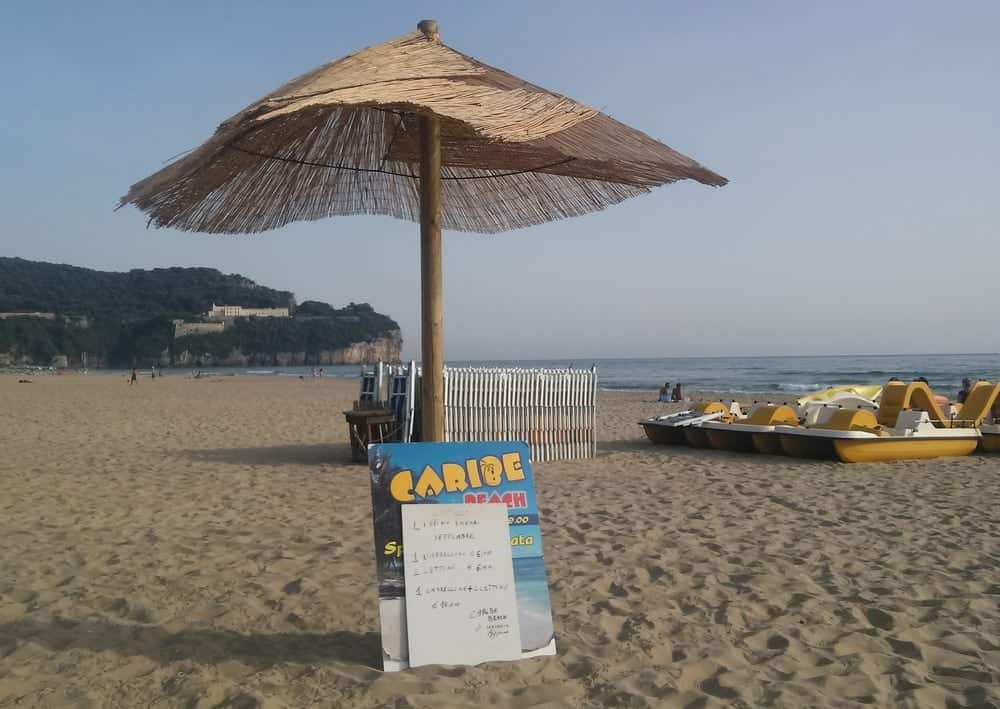
On the other side of town is the pleasant sandy beach of Serapo, which can also be reached on foot from the old town. On a hill near the beach is the sanctuary of the Montagna Spaccata, the ‘split mountain‘. It is said to have been created in an earthquake at the time of Jesus’ death. Who knows.
What can be seen there is the ‘Hand of the Turkish’ (an imprint of the hand of an ‘infidel’ in the rock) and Pipo’s stone bed (a flat rock on which Filippo Neri, a famous saint, usually sat to rest). Not exactly everyday business.
This content is not shown.
Click on this block to display all our content, by accepting our cookies or review our cooky-policy below.
6. Ponza
Lazio’s only archipelago, with its nature, history, culinary tradition and friendly inhabitants, offers a fine refuge.
Ponza should be enjoyed mainly from the sea. There are numerous little boats that make daily trips around the island, from Ponza Harbor. The first sight to see are the three neatly dug in squares, half filled with water, called Pilate’s caves. They are from Roman times, possibly used for the cultivation of murres (giant eels). Perhaps disobedient slaves were also imprisoned in them and eaten by the murels. Buon appetito.
From the murels it goes to the ants (‘formiche’). This refers to the rocks rising up out of the water. In the distance you can see the outline of the island of Ventotene, Ponza’s sister.
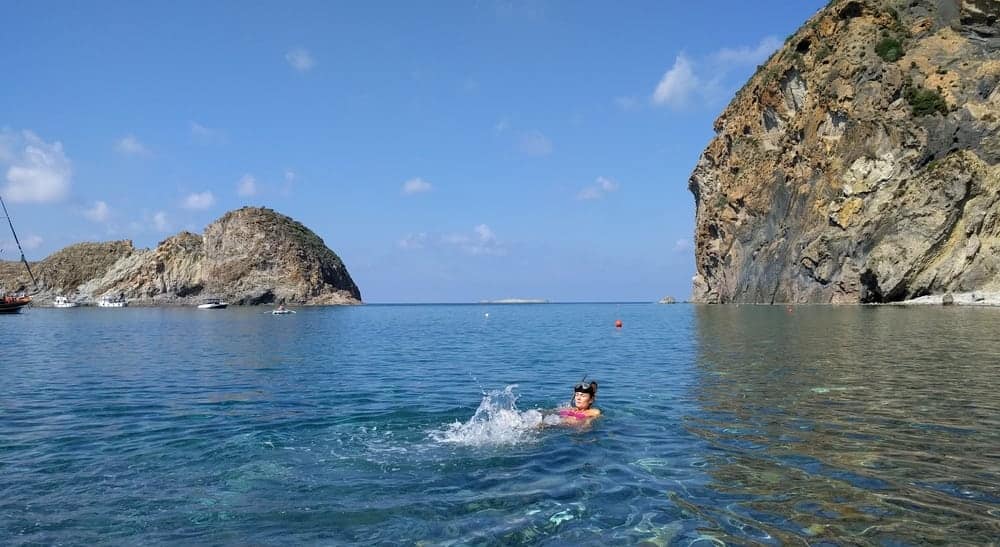
The crossing to the island of Palmarola is about four nautical miles. The island is known for its obsidian, black volcanic glass, which is mined there. The water is incredibly clear. The sea around the Ponzian Islands is a joy for divers.
This content is not shown.
Click on this block to display all our content, by accepting our cookies or review our cooky-policy below.
The water is clear and clean, there is sand everywhere on the bottom and there are numerous bays and caves. Also scattered on the bottom are shipwrecks, from Roman times to the twentieth century. Everything a ‘sub’ wants.
At ‘Punto del Papa’ the relic of an American landing ship sits at a depth of 26 meters. The ship was carrying tanks and troops and broke in two on the rocks on February 26, 1944. At least one tank ended up on the seabed. Photographs show divers taking a seat behind a cannon.
We owe to Mussolini the fact that Ponza belongs to Lazio after all, Lazio had no islands. You’ve got islands in Tuscany (Elba, for example) in the north and in Campania (Ischia, Capri) in the south. That bothered Benito Mussolini so much that one fine day in 1930 he determined that Ponza was in Lazio.
7. Tivoli
Emperor Hadrian was inspired by the great culture of the Greeks, who were part of the Roman Empire. He traveled often, preferably to Greece and Asia Minor, and he preferred to speak Greek.
This content is not shown.
Click on this block to display all our content, by accepting our cookies or review our cooky-policy below.
Hadrian was also an architect, though possibly not as good as is always assumed. When Hadrian once presented a dome design to Apollodorus of Damascus, the top architect of his day, the latter compared his design to a pumpkin. Hadrian may have had the image of a righteous emperor, but Apollodorus did not get away with it. He was first exiled and then assassinated.
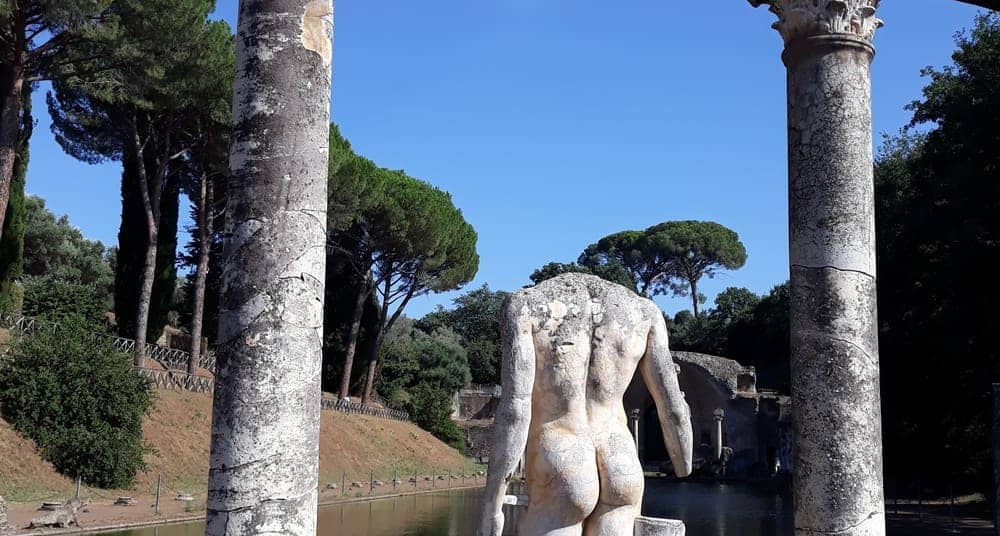
Yet Hadrian could handle a compass. It is assumed that the emperor himself designed his villa in Tivoli. That villa is not just any place, but a complex of 300 acres (the archaeological excavation covers 100 acres). It is more than worth a visit.
About 1400 years after Hadrian, another ruler had his sights set on Tivoli: Ippolito II of the noble d’Este family from Ferrara. The villa, the palace, is nice. It is not too big, it is orderly and it is painted with murals with mostly mythological stories. But you don’t go to Tivoli for that.
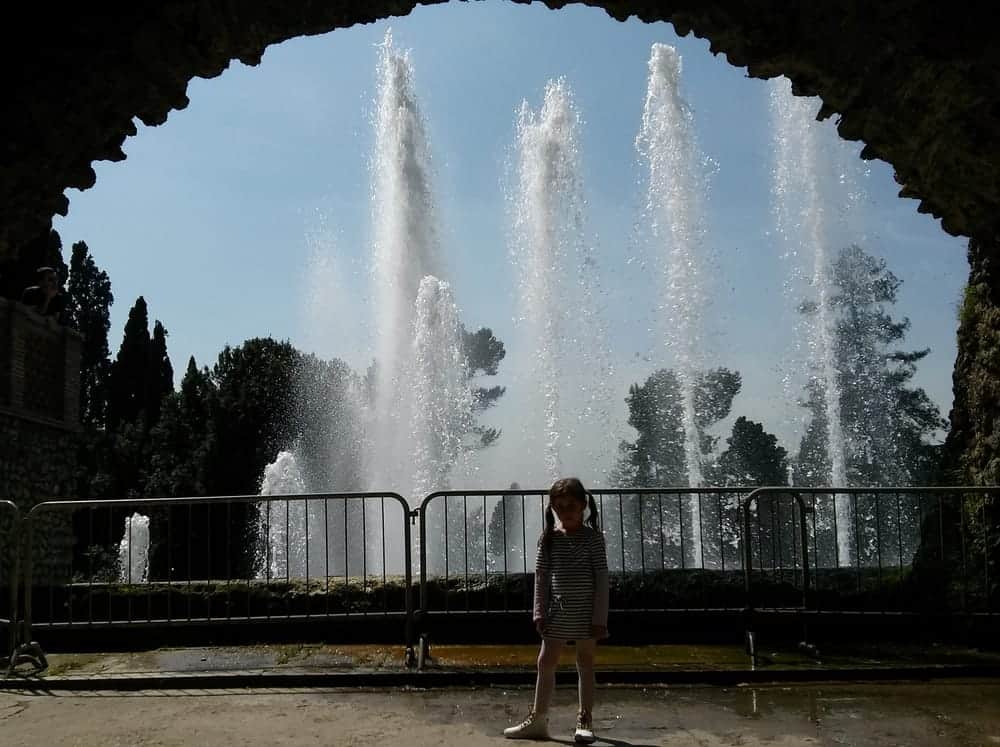
If you walk through the salon to the balcony and take in the view, Villa d’Este -the garden- shows itself in its grandeur. Here is the surprise. The grounds slope sharply. The difference in height from balcony to the end of the walled garden is about fifty meters.
This content is not shown.
Click on this block to display all our content, by accepting our cookies or review our cooky-policy below.
The height is neutralized by the construction of terraces and an orderly layout -in which a central longitudinal axis cuts through six transverse axes. It is a typical orderly Renaissance garden, in which unbecoming nature has been disciplined.
8. Tuscania
Tuscania. The word sounds like Tuscany, and the surroundings and town have indeed a Tuscan swing (green hills, pine trees, a cypress here and there, a well-maintained historic town). A must-see is St. Peter’s Church, which stands outside the medieval walls.
The dark crypt of St. Peter’s with 28 columns has a mysterious feel. Some columns and many capitals come from elsewhere: a form of medieval reuse. It is a hodgepodge of fluted (‘with grooves’), spiral and smooth granite columns and large, small and even square capitals.
The church has been immortalized in famous films, including ‘The Tragedy of Othello’ (Orson Welles, 1952) and ‘Lady Hawk’ (with Rutger Hauer, 1985 -rebuilt in the studio).

Tuscania is also attractive inside the city walls. You have the best of both -inside and outside the city walls- in the little park under the gruesome tower of Lavello, named after a warlord of the fifteenth century. For forage you can go to the restaurant ‘La torre di Lavello’. Their terrace is a big plus
This content is not shown.
Click on this block to display all our content, by accepting our cookies or review our cooky-policy below.
9. Viterbo
Viterbo is a papal city. Of course the pope belongs to Rome, but nevertheless five popes were also crowned here. Possibly the most famous papal election in history took place here. After the death of Clement IV in 1268, the eighteen cardinals did not come to an agreement. To urge them to hurry, the podestà (a kind of mayor) of Viterbo had the roof of the palace removed and provided only water, bread and wine.
The new pope was elected after 2.5 years and took the name Gregory X. In 1274 he introduced the conclave (from the Latin ‘cum’ and ‘clave’, meaning in a room locked with a key). So, without Viterbo no conclave. Since then, decision-making has been faster.
Also read: We’ve published an interesting article which highlights the conclave and in another post the election of the next pope.
The room from which the roof was removed can still be seen. The Palazzo dei Papi is a Gothic palace from the thirteenth century with a beautiful loggia. A wide staircase leads up to it. From the loggia you have a nice view over part of the city.
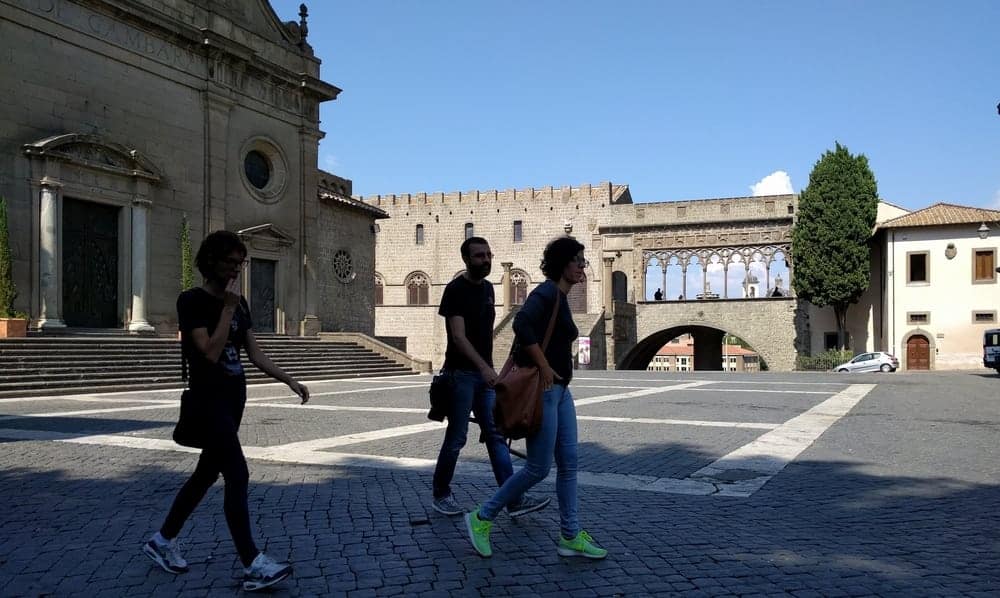
The most fascinating thing about Viterbo is the medieval district that lies around the Via di San Pellegrino. The city had a great attraction for pilgrims thanks to the popes and Saint Rosa, the local saint. The city was prominently located on the Via Francigena, the pilgrim road that led from the Alps to Rome.
This content is not shown.
Click on this block to display all our content, by accepting our cookies or review our cooky-policy below.
In the Middle Ages, Viterbo was the largest city in Lazio, larger than Rome. After that, the city was done for. It is as if the city was stuck at its peak -the thirteenth century.
10. Vulci
The Etruscan city of Vulci lies sprawled across a 120-acre plain. The city was overrun by the Romans in 280, so the present remains of the city should actually be considered Roman. The plain is bounded on one side by the river Flora. The river is spanned by a spectacular-looking hanging stone bridge.
At its peak around 550 BC, it was probably home to about 15,000 to 18,000 people. That is comparable to a present-day city like Rio de Janeiro or Tokyo.
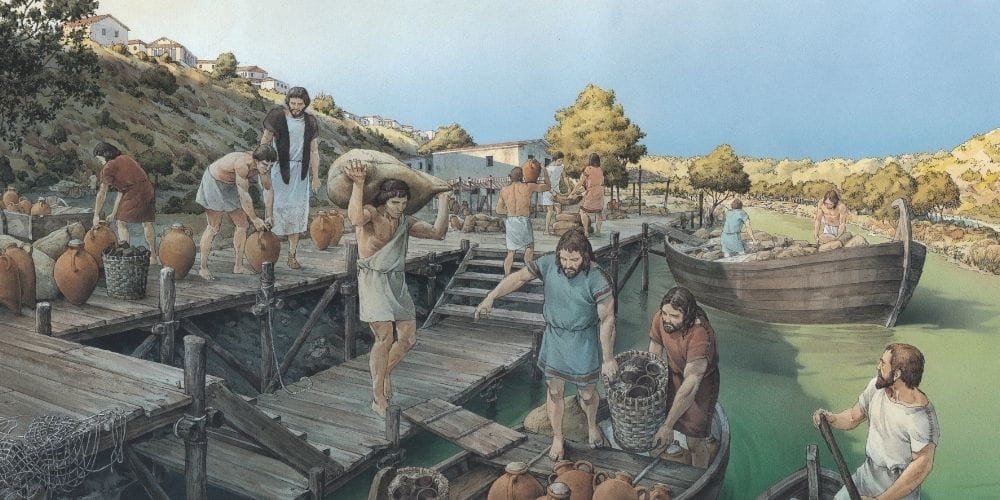
The Vulci people were famous for their painted vases, bronze statues and the local grey tuff (nenfro). The archaeological artifacts from the tombs became dispersed around the world beginning in 1828.
The noble landowner Lucien Bonaparte (the Emperor’s brother) recognized the benefits of excavations. Unfortunately, these excavations were done without a scientific approach, so that, among other things, the context of the objects was lost. It is, in fact, extremely instructive to discover tombs in their entirety and, on the basis of the objects given to the dead, to read how the people, or at least the elite, dealt with death and life.
This content is not shown.
Click on this block to display all our content, by accepting our cookies or review our cooky-policy below.
Questions about Lazio Italy
Where in Italy is Lazio?
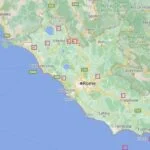
Lazio (also called Latium) surrounds the city of Rome. It is situated between Tuscany, the Mediterranean Sea and the Apennine mountains. On the south side Lazio borders with the region of Naples.
What to visit in lazio?
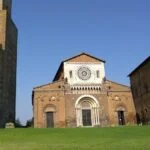
The main sites in Lazio are Anagni, Gaeta and the island of Ponza in the south, Bagnaia (Villa Lante), Civita di Bagnoregio, Tuscania, Vulci and Viterbo in the north. Near to Rome are Tivoli (east) and Cerveteri (west).
Where should I go outside of Rome?
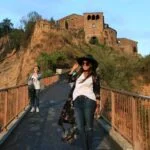
The idea for a one-day getaway from Rome is to rent a car (and driver) and go to the province of Viterbo for top monuments in a range of 100 km, such as Civita di Bagnoregio.
What is the distance between Rome and Lazio?
Rome is part of the Italian region called Lazio. From Viterbo in the north it is 80 kilometers to Rome. From Gaeta in southern Lazio, the distance to Rome is 140 kilometers.
This content is not shown.
Click on this block to display all our content, by accepting our cookies or review our cooky-policy below.

